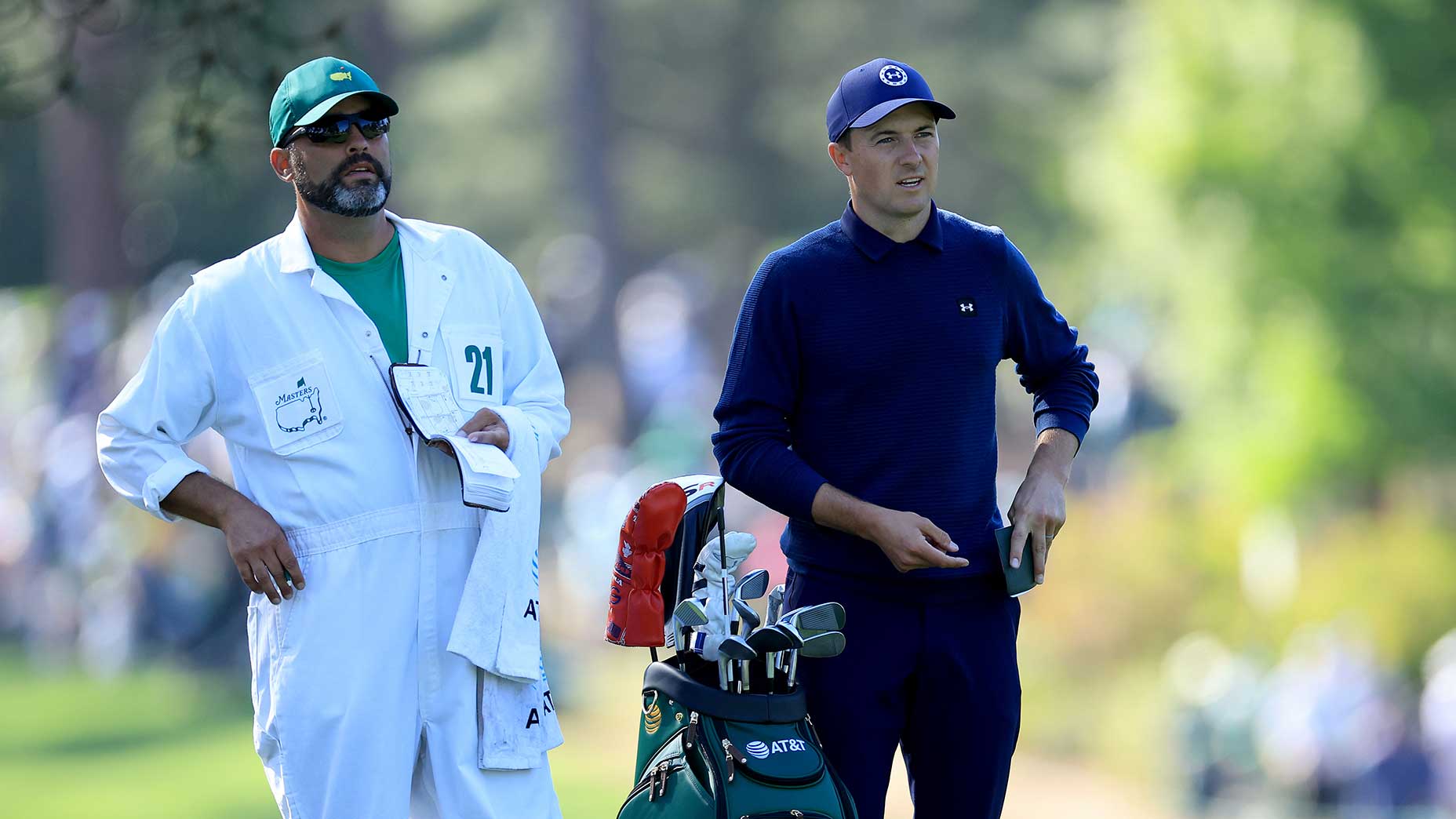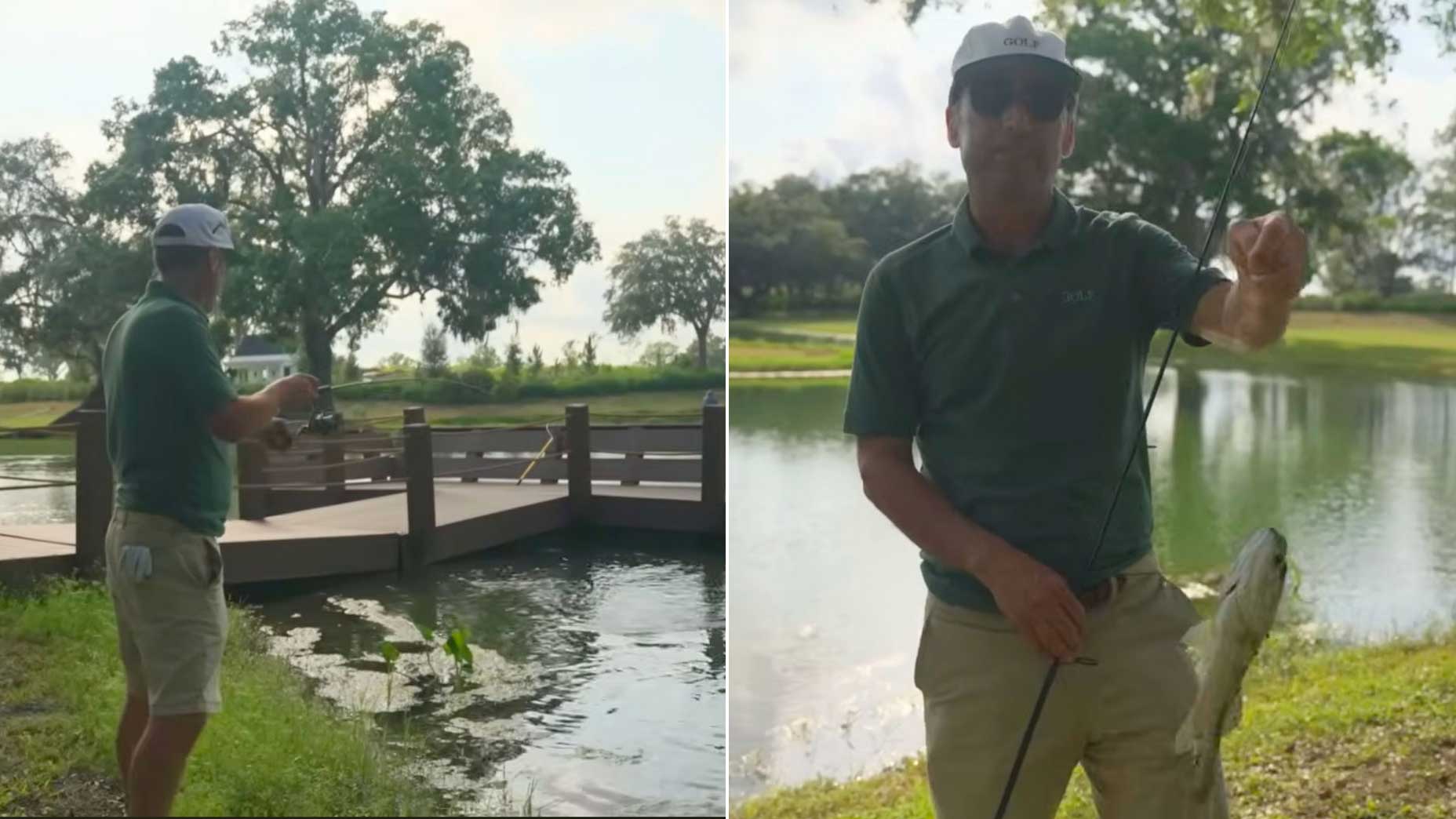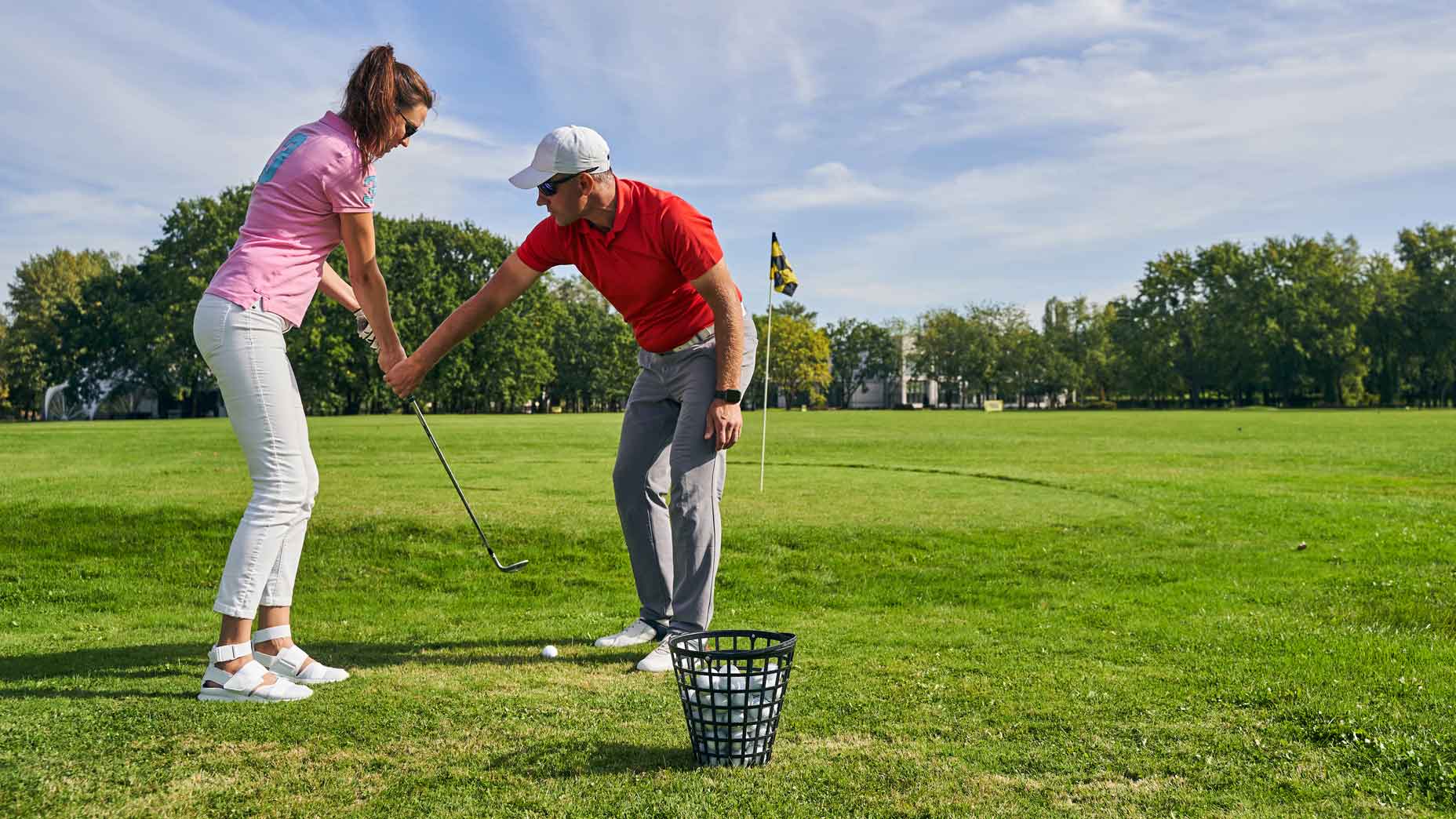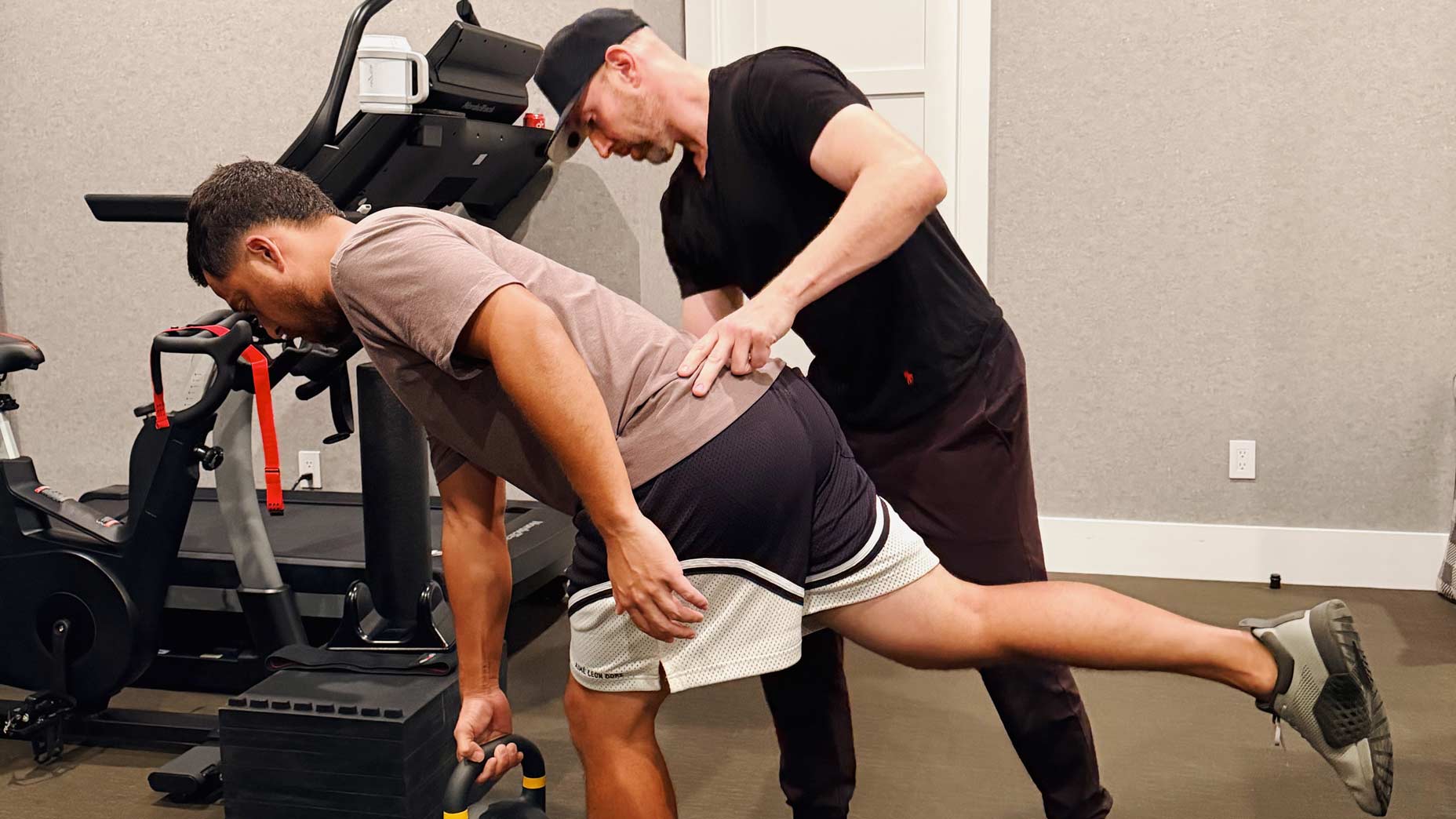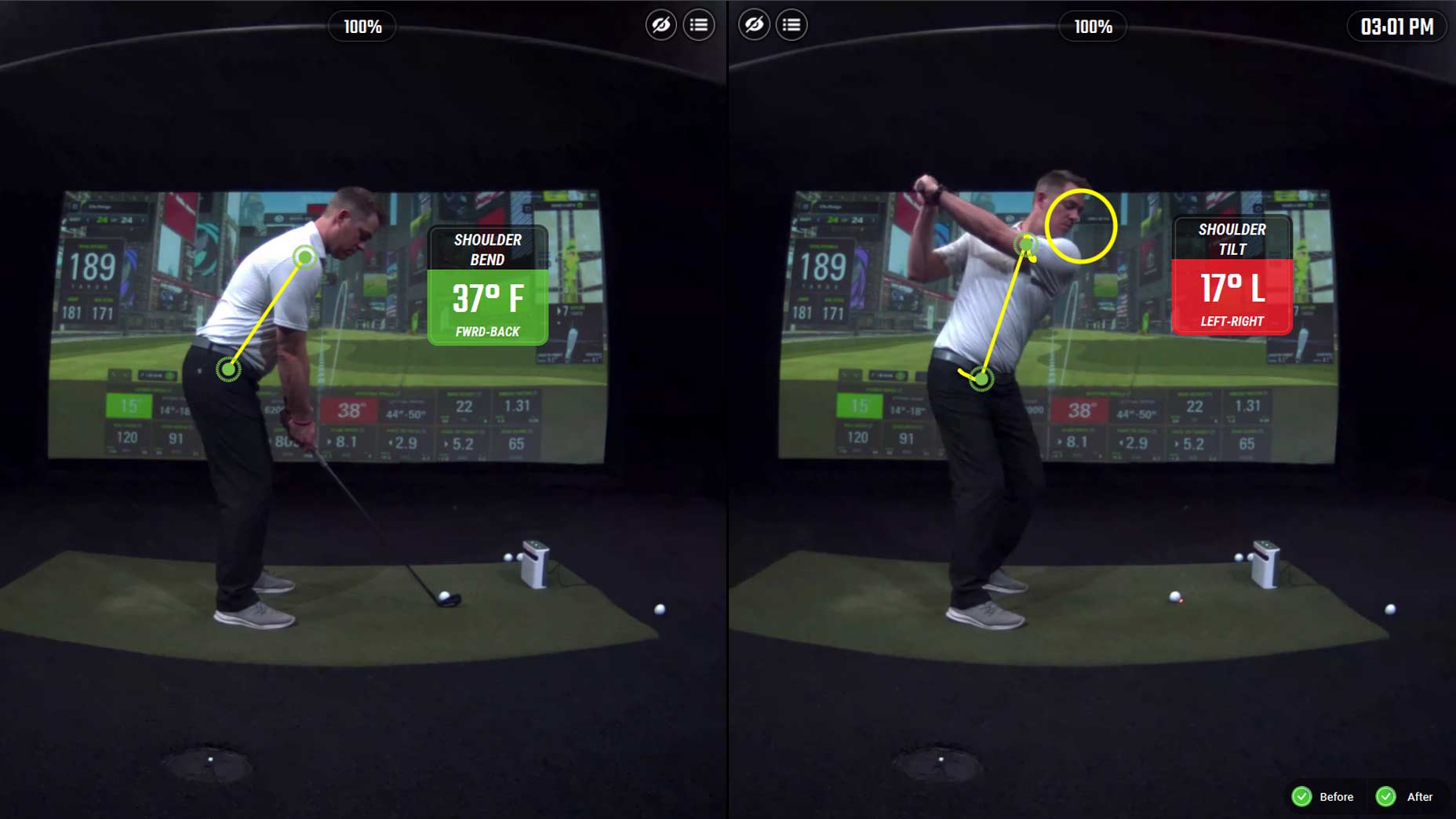Few things are worse than piping one down the middle of the fairway only to find your ball cozied up in an old divot. It’s a painful and frustrating reminder that even good shots get bad breaks.
While it might be tempting to take a “friendly” drop, you don’t have to. With a couple of handy keys, you can catch the ball clean and execute this shot like a pro — and maybe even earn a bit of respect from your weekly foursome that lingers long after you’ve finished your post-round drinks.
In a recent episode of Maddi’s Caddies at Cabot Citrus Farms, Joey Wuertemberger, a GOLF Top 100 Teacher, breaks down the three keys you’ll need to pull off this seemingly tricky shot. Follow along to find out what they are.
Move the ball back in your stance
“That’s going to be goal No. 1,” Wuertemberger says.
He says that moving the ball back in your stance promotes ball-first contact, which will help you catch these shots clean.
Open your stance and clubface
Wuertemberger explains that playing the ball farther back will also cause your shot to come out a bit lower. However, you can counteract this by modifying your setup.
“You can adjust by opening your stance and slightly opening your clubface,” he says.
For righties, this means setting your feet slightly left of the target line.
Have a descending strike into the ball
The last key to pulling this shot off perfectly is to have a more descending strike into the ball. Wuertemberger says there are two tweaks you can make to your setup that will promote a more downward angle of attack.
1. Lean the shaft toward the target — This encourages you to hit the ball first.
2. Set your weight slightly forward — Think 60/40 front foot/trail foot. This promotes ball-first contact and helps you avoid “hanging back” through impact, which can be detrimental to your contact.
Now that you’re set, make a few practice swings. As you do this, Wuertemberger says to be sure you hinge the club enough in the backswing. This will promote a steeper angle of attack, which is just the swing thought you need to execute this shot with confidence.


